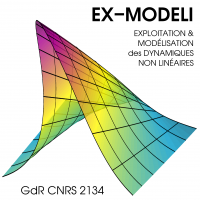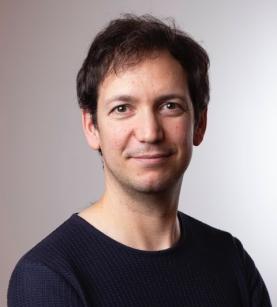We have the pleasure to host Arnaud Lazarus from the Sorbonne Université, Institut Jean le Rond d'Alembert - Visiting Professor at Harvard University the 14th March 2024 for a seminar about Exploiting periodicity in the dynamic stability of systems with time-varying properties.
Dynamic stability is the ability of a system’s configurational state to overcome a disturbance over time. A common way to passively control this dynamical feature is to periodically modulate the properties of the system in time. This is what is done to trigger the swings of the Butafumeiro at the Santiago de Compostela Cathedral, to dynamically stabilize charged particles in mass spectrometers or to sustain exotic quantum states in Floquet engineering.
In this presentation, we show that new dynamical phenomena emerge when the periodic variations of the system’s properties are large and occur on similar time scales than the natural ones. In this regime, it become for example straightforward to break the record of super-harmonic orders observed in the parametric resonances of an oscillator or to optimally trap a magnetic dipole on its unstable equilibrium
All the shown examples are rationalized through a fundamental 1 degree-of-freedom model and some desktop-scale experiments but the dynamical concepts being universal, it should offer new functionalities across scales and engineering domains.
Bio: Arnaud Lazarus received a PhD degree in mechanical engineering from Ecole Polytechnique, Palaiseau, France, in 2008. After two post-doctoral years in Paris, he joined the Massachusetts Institute of Technology as an associate researcher from 2010 to 2013. In 2013, he became an associate professor at Sorbonne Université in Paris, doing his research at Institut Jean le Rond ∂’Alembert. Since 2023, he is an invited professor in Katia Bertoldi’s group within the School of Engineering and Applied Sciences at Harvard. His current interests include the stability of dynamical systems and the mechanical behavior of slender elastic structures.
Link. Here


